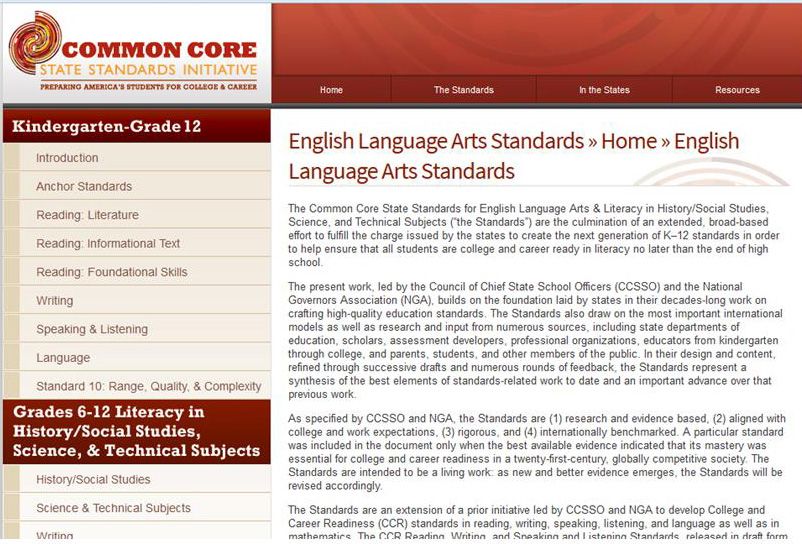Let's face it, reading rocks! And learning to read is critical to every student's academic success. But...enter the wordless picture book.
When I first saw Jerry Pinkney's The Lion and the Mouse, I gasped at the beauty of it. Then I bought it. It lacks the beautiful language that so often draw me to picture books, but the visuals are beautiful enough for both. (Here's a YouTube video of Pinkney discussing the making of this masterpiece.)
So what happens when an adult "reads" a wordless picture book to a child? First of all, unlike the reading of a traditional picture book, the words used reading a wordless picture book vary each time it's read, thus increasing the number words the child is exposed to through that book. Not only does this child hear a greater quantity of words, but he is also exposed to a greater number of different ways to express the same meaning.
Picture books also allow for slight differences in the story line of the story. While one person may tell the story primarily from one character's point of view, in another reading, a different character's point of view may be emphasized.
As children read wordless picture books to themselves, they take their prior knowledge and create an internal dialog, retelling the story to themselves, taking the visual cues from the pictures--they are interpreting the visuals--another critical skill.
Eye Magazine's Clare Walters writes:
So how is a wordless picture book actually ‘read’? The picture book theorist Perry Nodelman says the process is ‘something like doing a puzzle … we must search for clues and put together apparently disparate bits of information’ (Words About Pictures, 1988), in order to recreate the story or stories the artist has chosen to portray.Classroom Implications: Use wordless picture books in the classroom to learn about Point of View in writing. First, read and compare a traditional version of The Three Little Pigs and Jon Scieszka's The True Story of the Three Little Pigs, which is told from the wolf's point of view. Create a Venn diagram of the stories--a free one is here. Now, have your students write the story of the Lion and the Mouse, taking one of the two points of view. Allow some students to share writing, and continue the point of view discussion.
Still another use--provide the class with different wordless picture books and allow students to write the story. This takes the "story-line invention" out of the equation, and allows students the chance to concentrate on the words they use to write the story.
Do you use wordless picture books in your classroom? If so, how?





















